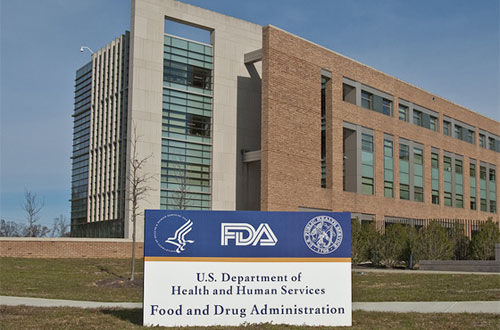
A massive upsurge in the development of cell and gene therapies means the FDA expects to receive up to 200 applications to start trials every year from 2020.
It also expects to be approving 10 to 20 cell and gene therapies every year from 2025, reflecting what the agency says is “a turning point in the development of these technologies and their application to human health.”
Even now, the FDA has around 800 Investigational New Drug (IND) applications for cell and gene therapies on its books, although much of the work on progressing these is on hold by the US government shutdown, now in its fourth week.
The last couple of years have already seen the approval of the first gene therapy in the US – Spark Therapeutics’ Luxturna for a rare disease – as well as new cell therapies for cancer from Novartis and Gilead/Kite Pharma, and there are plenty more in mid- to late-stage development.
Faced with the upsurge in activity, the regulator has set out its plans to make sure it is able to handle the coming workload, and make them available to patients as quickly as possible.
It intends to make “maximum use” of expedited regulatory pathways, including the regenerative medicine advanced therapy (RMAT) designation and accelerated approval, particularly for products that offer potential cures for diseases with inadequate treatment options at the moment.
The nature of gene therapy means that questions about the durability of therapeutic benefit and off-target effects may not be answerable in clinical trials before licensing, so it ill be relying on “robust post-market tools” to monitor these issues.
The FDA says it also planning a series of clinical guidance documents to help guide the development of cell and gene therapies, including some targeted at specific diseases such as haemophilia and neurodegenerative diseases, and explaining where the accelerated approval pathway may not be applicable – for example if the gene therapy isn’t intended to cure the underlying condition but rather to affect its course or symptoms.
A more traditional approach to drug development may be more appropriate “if the gene therapy creates a genetic alteration aimed at treating the symptoms of a neurodegenerative disease, or potentially altering its course by altering the expression of a protein or enzyme believed to play a role in the advance of a disease,” says the agency.
Also promised is guidance on manufacturing these therapies, particularly when it comes to quality control, and allowing manufacturers to develop cellular therapies that draw on earlier experience and don’t require a whole new set of clinical investigations.
Rogue research
One key concern for the FDA is that some researchers and manufacturers seem to be working on the development of therapies outside the usual regulatory channels, and it intends to clamp down on this activity in the coming year.
“In these cases, the manufacturers have failed to respond to the FDA’s request to have a dialogue with the agency about how to come into regulatory compliance,” it says. The move comes in the wake of the furore caused by Chinese scientist He Jiankui whose gene-editing of twin girls to protect them against HIV hit the headlines last year.
That aside, the intention isn’t to block research, and the FDA is also working on new clinical trial mechanisms that would allow individual scientists to pool their clinical data with others – providing they follow a set manufacturing protocol – that could form the basis of marketing applications.
“Taken together, these guidance documents, along with other policies that we plan to issue in 2019, are aimed at helping advance the field of cell and gene therapy,” the regulator concludes.




